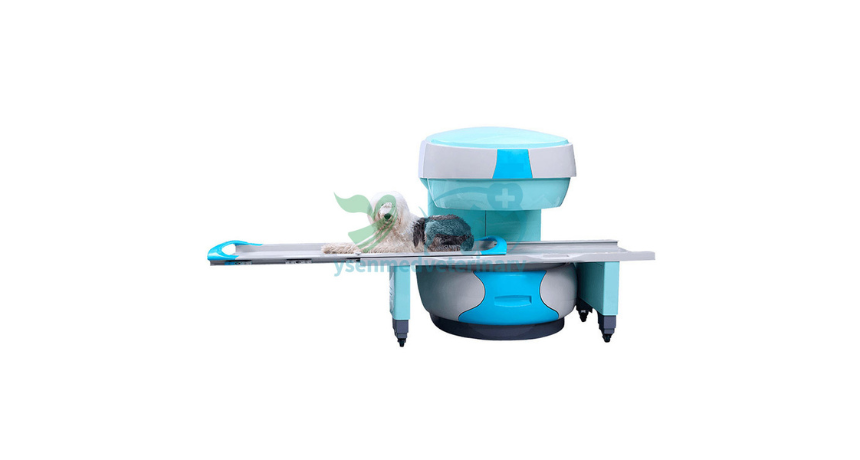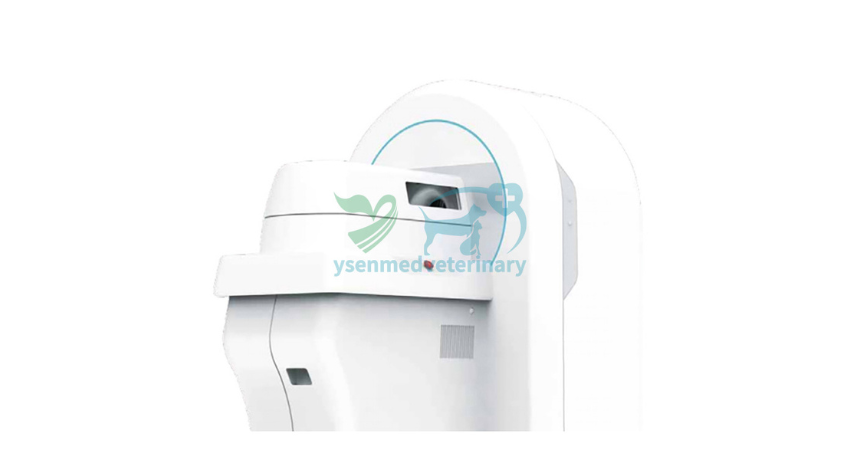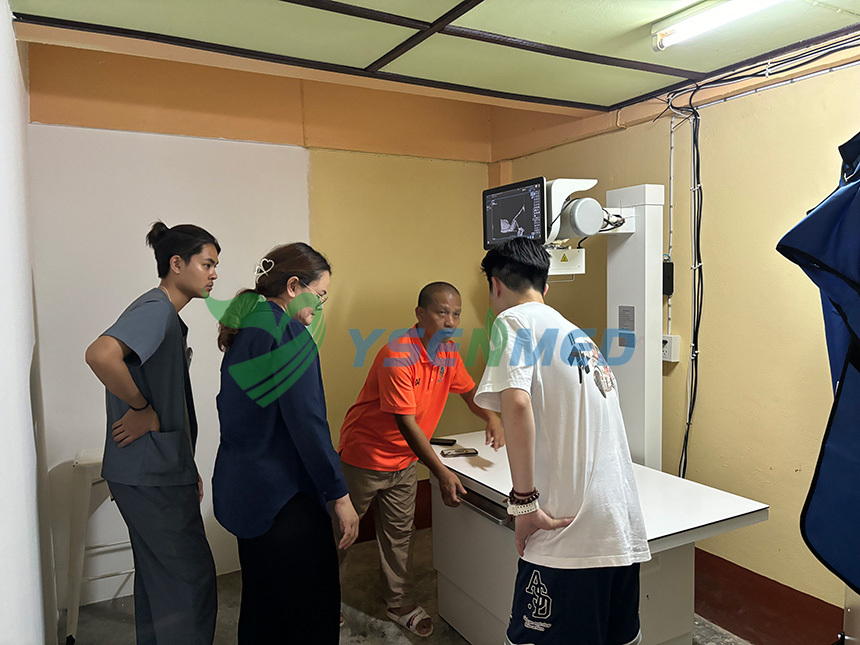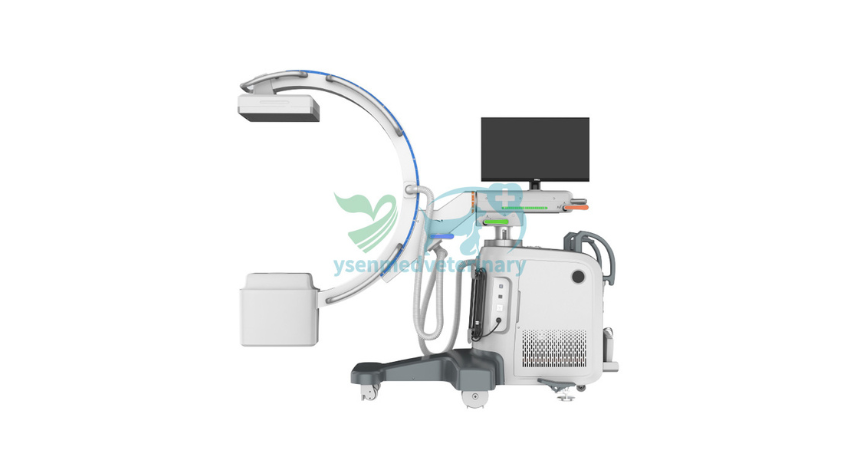Are you a proud pet parent who wants to ensure your furry friend stays healthy and happy? If so, then understanding the significance of the veterinary vital signs monitor is crucial. From routine checkups to unexpected emergencies, this device plays a pivotal role in safeguarding your pet's well-being. Let's delve into why the
veterinary vital signs monitor is a must-have tool for every pet owner.
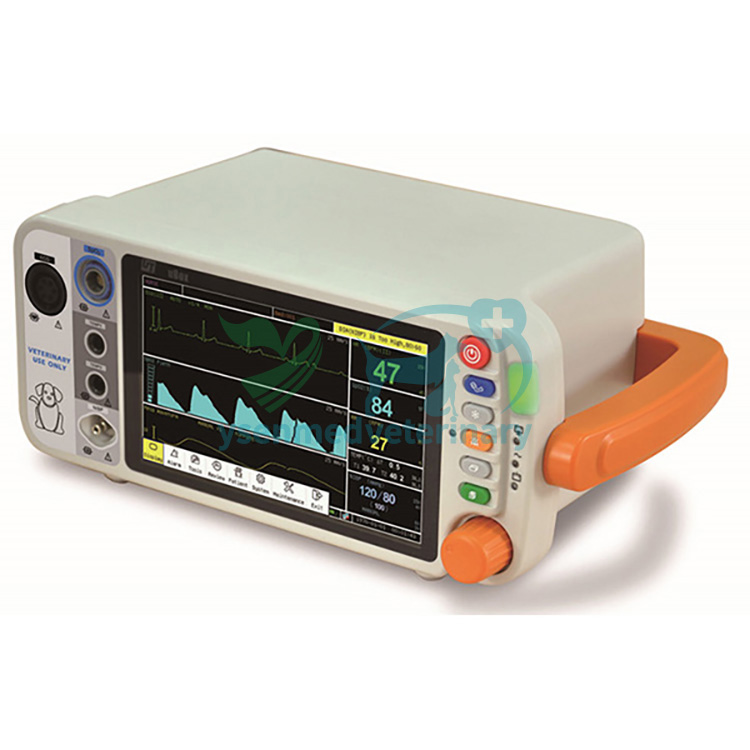
LARGE FACTORIES
Lorem ipsum dolor sit amet, consectetur adipisc ing elit, sed do Eiusmod Tempor inci didunt ut labore et dolore magna.
Sed ut perspiciatis unde omnis iste natus error sit voluptatem accusantium doloremque laudantium, totam rem aperiam, eaque ipsa quae ab illo inventore.
What is a Veterinary Vital Signs Monitor?
Before we dive into its importance, let's first understand what a veterinary vital signs monitor is all about. Think of it as your pet's personal health assistant, constantly keeping tabs on essential physiological parameters. These typically include heart rate, respiratory rate, temperature, and sometimes even blood pressure and oxygen saturation levels.
Monitoring Vital Signs: Why It Matters
Imagine you're at the vet's office for a routine checkup with your furry companion. The veterinarian places a small device on your pet's paw, and within seconds, vital signs are displayed on the monitor. This instant feedback allows the vet to assess your pet's overall health status accurately.
Regular monitoring of vital signs is not just reserved for vet visits. It's also vital during surgeries, recovery periods, and even at home when your pet might be exhibiting unusual symptoms. Early detection of abnormalities can prompt timely interventions, potentially saving your pet's life.
The Role of Vital Signs in Pet Health
Just like humans, pets can't verbally communicate when something feels off. That's where vital signs come into play. They serve as silent indicators of your pet's internal health. An abnormal heart rate, for instance, could signal an underlying cardiac issue. Likewise, changes in temperature might hint at infections or inflammatory conditions.
By consistently monitoring these vital signs, veterinarians can identify deviations from the norm and take appropriate action. Whether it's adjusting medication dosages, initiating diagnostic tests, or providing immediate treatment, timely intervention can make all the difference in your pet's prognosis.
The Importance of Timely Intervention
Picture this: Your beloved pet suddenly collapses at home, gasping for breath. In such a dire situation, every second counts. A quick glance at the vital signs monitor can provide critical insights into what's happening internally. Is it a cardiac event? Respiratory distress? Without this real-time data, diagnosing the problem becomes infinitely more challenging.
Having a veterinary vital signs monitor on hand empowers pet owners to act swiftly in emergencies. By relaying accurate information to the veterinarian, you facilitate rapid decision-making and potentially life-saving interventions. In essence, it's like having a medical lifeline for your furry companion.
Routine Checkups: Prevention is Key
Of course, vital signs monitoring isn't just reserved for emergencies. It's an integral part of routine veterinary care. Just as you visit your doctor for regular checkups, your pet also benefits from periodic health assessments.
During these checkups, the veterinary vital signs monitor serves as a reliable tool for tracking your pet's baseline parameters. Any deviations from the norm can prompt further investigation, allowing veterinarians to nip potential health issues in the bud before they escalate.
The Human Touch: Comfort and Compassion
Despite its technological prowess, the veterinary vital signs monitor is more than just a piece of equipment. It represents the intersection of technology and compassion in pet care. As pet owners, we want nothing but the best for our furry companions, and that includes ensuring their comfort and well-being during veterinary visits.
Fortunately, modern vital signs monitors are designed with your pet's comfort in mind. With non-invasive sensors and user-friendly interfaces, they make the monitoring process stress-free for both pets and their human companions. It's a win-win situation where cutting-edge technology meets genuine care and empathy.
Conclusion
In conclusion, the veterinary vital signs monitor is not just another gadget in the veterinarian's toolkit. It's a lifeline for pets, providing invaluable insights into their health and well-being. Whether it's routine checkups or emergency situations, this device plays a pivotal role in ensuring timely interventions and optimal outcomes.
As pet owners, it's our responsibility to prioritize our furry friends' health. By recognizing the importance of the veterinary vital signs monitor and advocating for its use, we can help safeguard the well-being of our beloved companions. After all, when it comes to pet health, every beat, breath, and degree matters.
FAQS:
How does a veterinary vital signs monitor work?
A veterinary vital signs monitor typically consists of sensors that are placed on your pet's body to measure parameters like heart rate, respiratory rate, and temperature. These sensors detect physiological changes and display the data on a monitor, allowing veterinarians to assess your pet's health status accurately.
Is it necessary to monitor my pet's vital signs regularly?
Yes, regular monitoring of your pet's vital signs is essential for maintaining their health and detecting any underlying issues early on. Just like humans, pets can't communicate when something feels wrong, so monitoring vital signs provides valuable insight into their well-being.
Can I use a veterinary vital signs monitor at home?
While some veterinary vital signs monitors are designed for professional use in clinics and hospitals, there are also models available for home use. However, it's essential to receive proper training from your veterinarian on how to use the monitor correctly and interpret the data accurately.
What should I do if I notice abnormal vital signs in my pet?
If you notice any abnormal vital signs in your pet, such as a rapid heart rate or difficulty breathing, it's crucial to contact your veterinarian immediately. These signs could indicate an underlying health issue that requires prompt attention and treatment.
How can I ensure my pet is comfortable during vital signs monitoring?
To ensure your pet is comfortable during vital signs monitoring, choose a quiet and familiar environment for the procedure. Offer treats or rewards to create a positive association with the experience. Additionally, opt for monitors with non-invasive sensors to minimize stress and discomfort for your furry friend.





